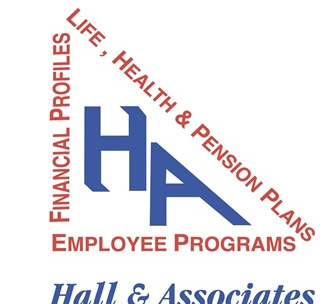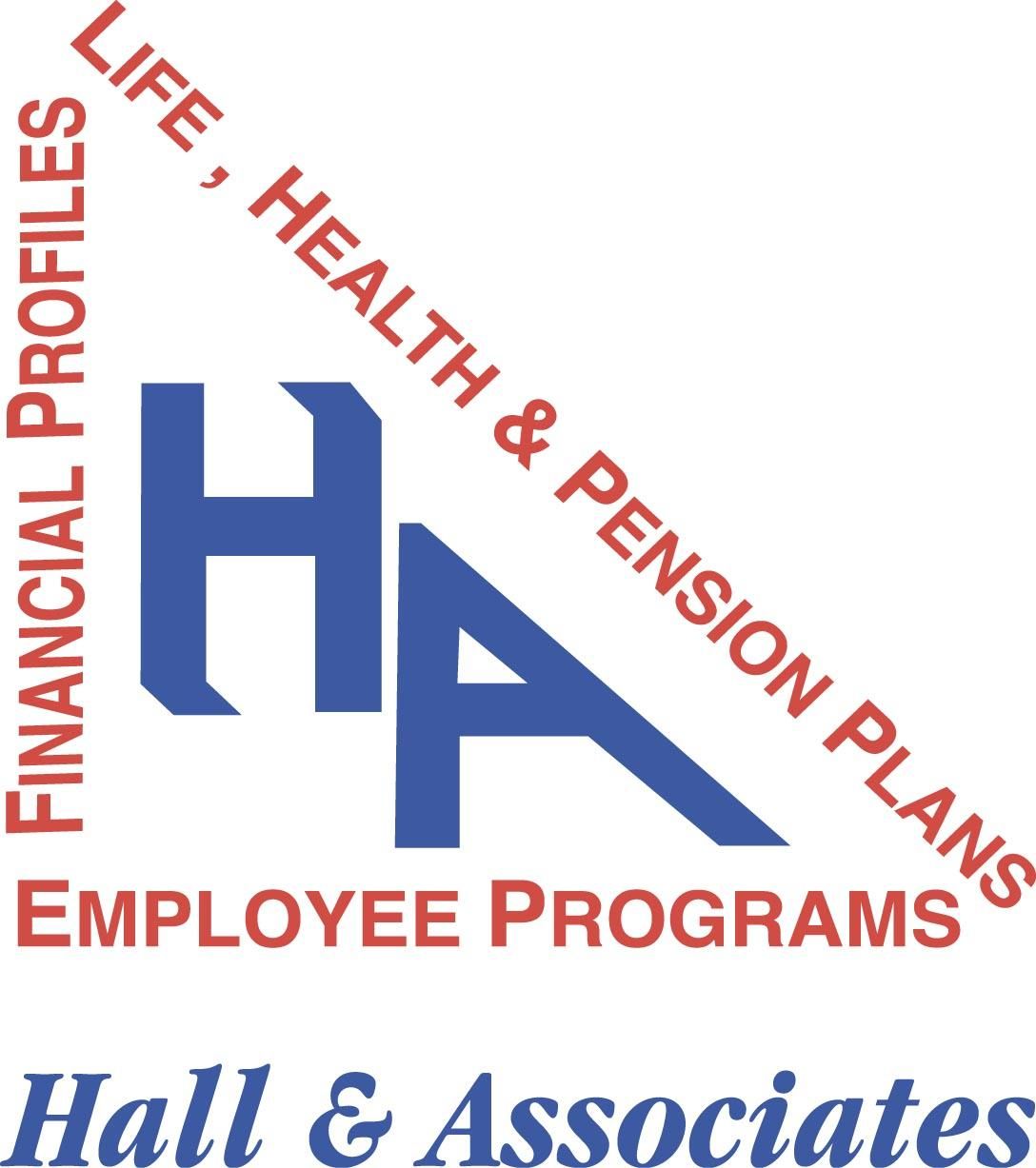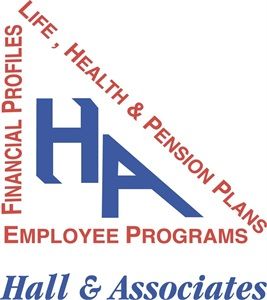Self-Funding vs. Level-Funding: Key Insights
Exploring employee health benefits can be daunting, particularly when seeking a cost-effective solution tailored for your business. Understanding the distinction between self-funded and level-funded health plans can empower you to make more informed decisions, with a balanced focus on flexibility, risk tolerance, and cost predictability.
Self-Funded Plans
In a self-funded plan, employers assume direct responsibility for paying employee claims as they occur. This model offers employers full control over plan design and vendor selection, providing a flexible approach to managing employee health benefits. However, the unpredictability of costs can be a significant consideration. High-cost claims pose potential risks, which is why securing stop-loss insurance is crucial to mitigate unforeseen expenses.
Another aspect of self-funded plans is their regulatory oversight. Unlike traditional insurance, these plans fall under the federal Employee Retirement Income Security Act (ERISA) and are not subject to state insurance regulations. This can provide more leeway in terms of plan design but also requires thorough understanding and management.
Level-Funded Plans
Level-funded plans present an alternative, featuring a fixed monthly payment structure that includes bundled claims estimates, administrative fees, and stop-loss coverage. Then, if claims exceed estimates, financial protections such as a claims cap come into play, offering a safety net against overages. Additionally, if claims are lower than expected, businesses may receive refunds or credits, adding another layer of financial flexibility.
Key Differences
The choice between these options often hinges on understanding differences in risk tolerance. Self-funded plans place the entirety of financial risk on the employer, requiring a robust financial standing. In contrast, level-funded plans cap that risk, offering a more contained approach that limits potential financial drawbacks.
Cost predictability is another pivotal factor. Level-funded plans make budgeting straightforward with consistent monthly payments, while self-funded plans allow for more variability. However, the potential for savings exists in both models. Self-funded plans can yield significant long-term savings if claims remain low, whereas level-funded plans offer partial refunds, maintaining a slight cushion.
In terms of customization, self-funded plans provide maximum control, letting employers tailor their offerings without third-party intervention. Level-funded plans, on the other hand, strike a balance between customization and efficient third-party support, providing a more structured framework for businesses less inclined toward micromanagement.
Ultimately, the choice may depend on your company's size and financial stability. Larger or more financially stable companies might explore the benefits of self-funding, while small to midsize businesses could lean toward the predictability of level-funding.
Assessing your company's financial stability, risk appetite, and desired control level is vital in selecting either model. Both self-funding and level-funding present meaningful advantages over traditional insurance; the suitability depends on your specific business needs. We encourage consulting an expert to discuss the best-fit option for your employee health coverage, ensuring thoughtful and strategic decision-making.


